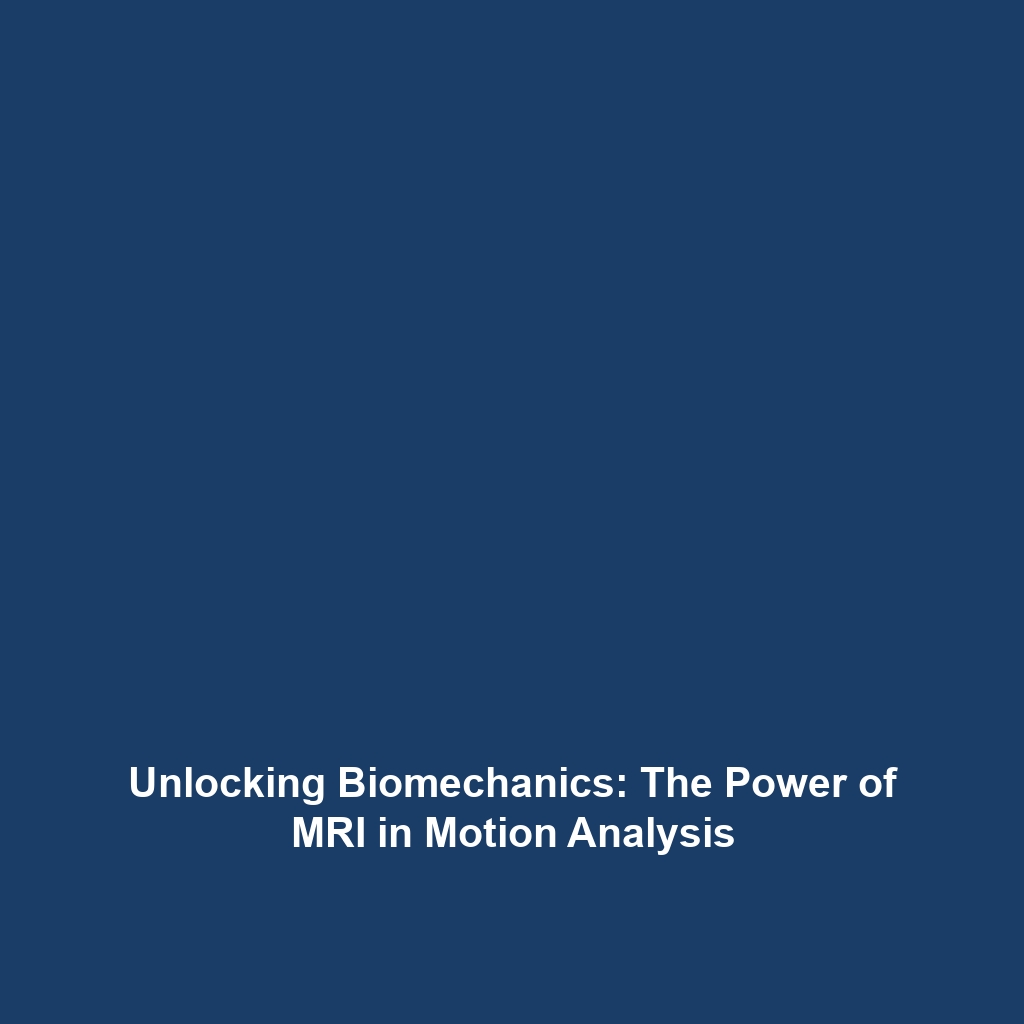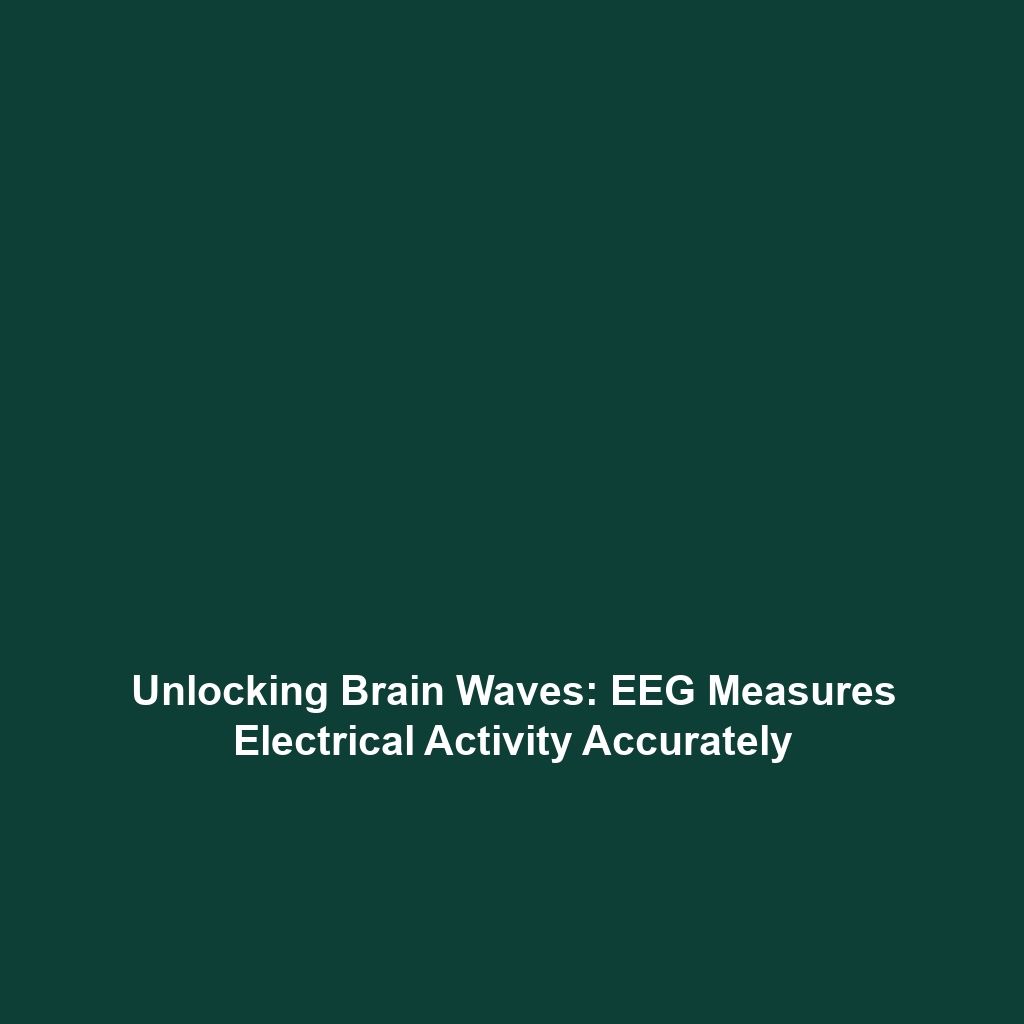The Amygdala and Its Role in Emotional Processing, Especially Fear and Aggression
Introduction: The amygdala, an almond-shaped cluster of nuclei located deep within the temporal lobe of the brain, plays a pivotal role in emotional processing, particularly fear and aggression. Understanding its significance extends beyond neuroscience, merging with the field of biomechanics, where emotional states influence physical responses. This article delves into how the amygdala regulates emotions, its mechanics, and its implications for human behavior, with a focus on fear and aggression.
Key Concepts
Understanding the Amygdala
The amygdala is primarily responsible for the processing of emotions, serving as a key player in the encoding and storage of emotional memories. Research has identified two primary pathways involving the amygdala that influence how fear and aggression are processed:
- High Road Processing: This involves sensory information reaching the amygdala through cortical pathways, allowing for a more thorough assessment of the stimulus.
- Low Road Processing: This pathway enables a quicker, reflexive response to fear stimuli, bypassing thorough analysis, which can trigger immediate reactions.
Biomechanics and Emotional Responses
The interaction between biomechanics and the amygdala is crucial. Emotional processing can alter physical responses through:
- Fight-or-Flight Response: Activation of the amygdala can increase heart rate, muscle tension, and adrenaline release, preparing the body for heightened physical activity.
- Behavioral Changes: Emotions strongly influence posture and movement patterns, which are essential aspects of biomechanics.
Applications and Real-World Uses
How the Amygdala Influences Biomechanics
The amygdala’s role in emotional processing has significant real-world applications:
- Sports Psychology: Understanding fear responses can aid athletes in controlling performance anxiety, enhancing biomechanical efficiency.
- Rehabilitation: Emotional states during recovery from injury can impact biomechanics, as positive emotional engagement promotes better healing.
- Therapeutic Techniques: Methods like biofeedback and cognitive behavioral therapy use emotional processing to influence physical responses, directly linked to biomechanical outcomes.
Current Challenges
Challenges of Studying the Amygdala
Despite advancements, the study of the amygdala within biomechanics faces challenges, including:
- Complexity of Emotional Responses: Different emotions exhibit varied influences on biomechanics, complicating generalizations.
- Individual Differences: Variations in amygdala structure and function impact emotional processing differently across individuals.
- Measurement Limitations: Accurately measuring biomechanical changes related to emotional responses remains a technical challenge.
Future Research and Innovations
Innovations in Understanding the Amygdala
Future research is poised to revolutionize our understanding of the amygdala’s role in biomechanics. Potential innovations include:
- Neuroimaging Techniques: Advances in functional Neuroimaging may allow real-time viewing of amygdala activity linked to emotional and biomechanical responses.
- Wearable Technology: Integration of biomechanical and emotional data through wearable tech can provide insight into emotional states’ physical effects.
- Genetic Research: Exploring genetic factors influencing amygdala function may unveil personalized approaches in biomechanics and emotional health.
Conclusion
In summary, the amygdala serves as a crucial hub for emotional processing, particularly fear and aggression, with vast implications for biomechanics. Understanding this relationship not only enhances our knowledge of human behavior but also informs practical applications across various fields. As research progresses, the interplay between the amygdala and biomechanics presents exciting opportunities for advancements in therapy, sports, and emotional wellness. For further reading on related topics, check our neuroscience section or explore biomechanics applications in sports.





